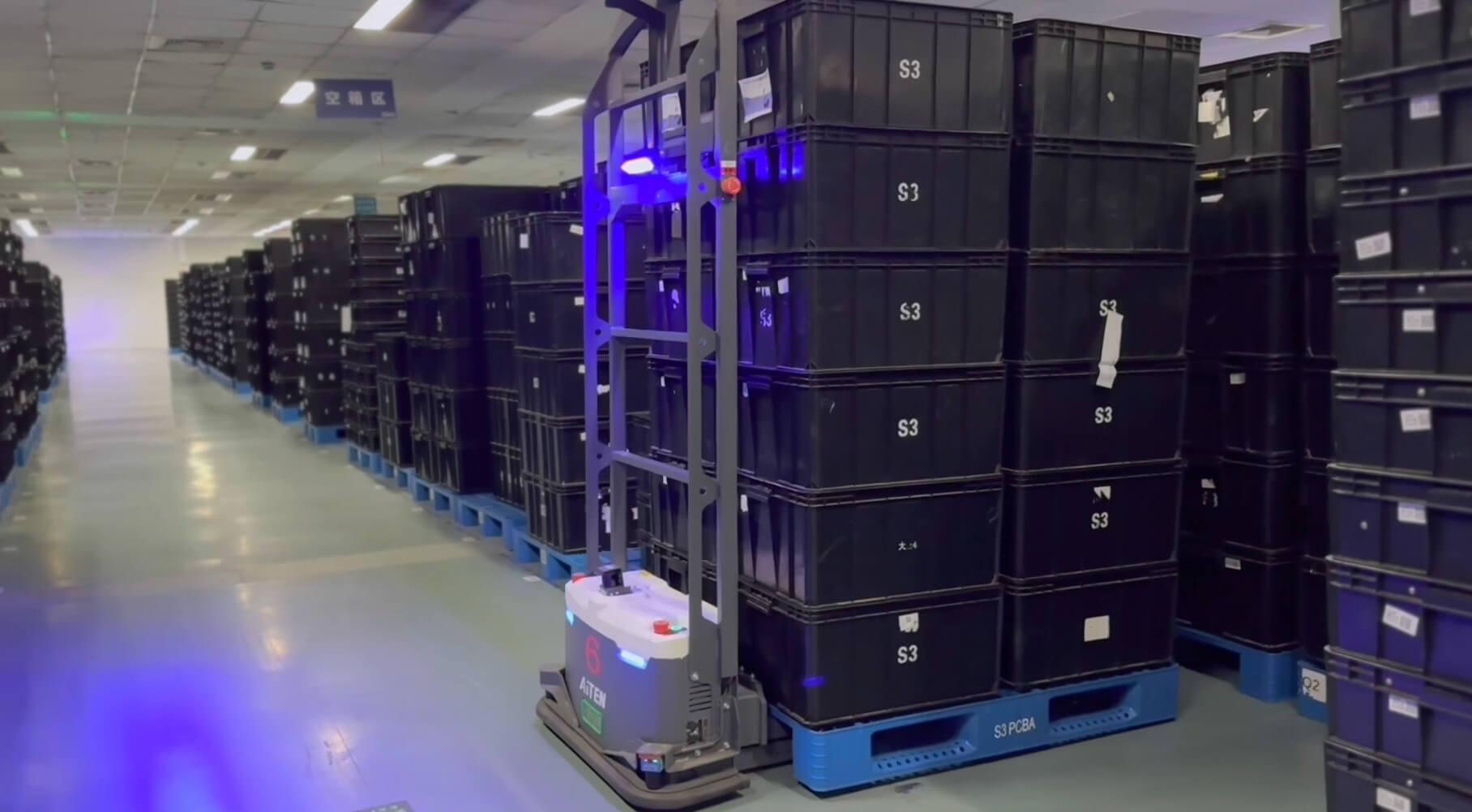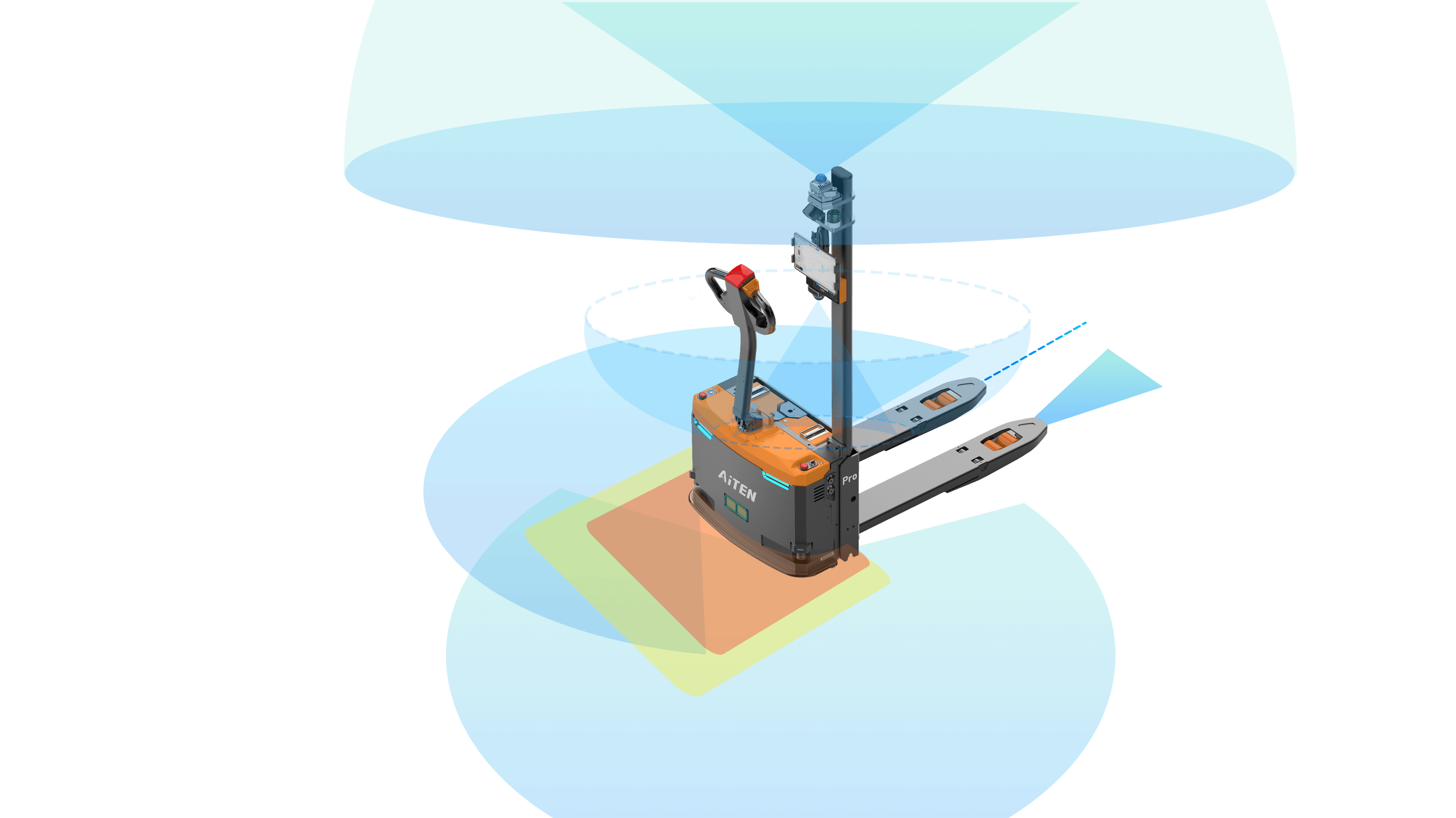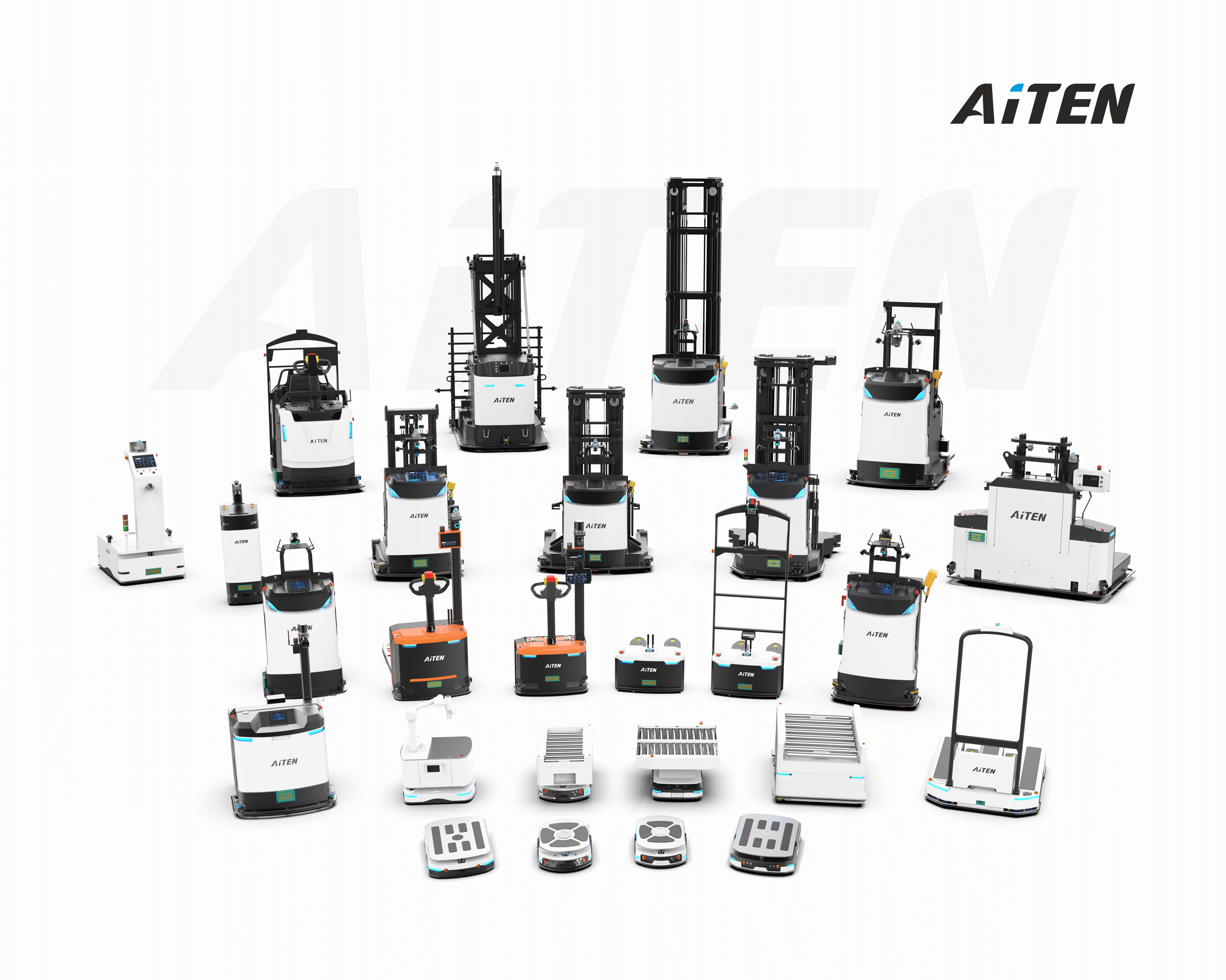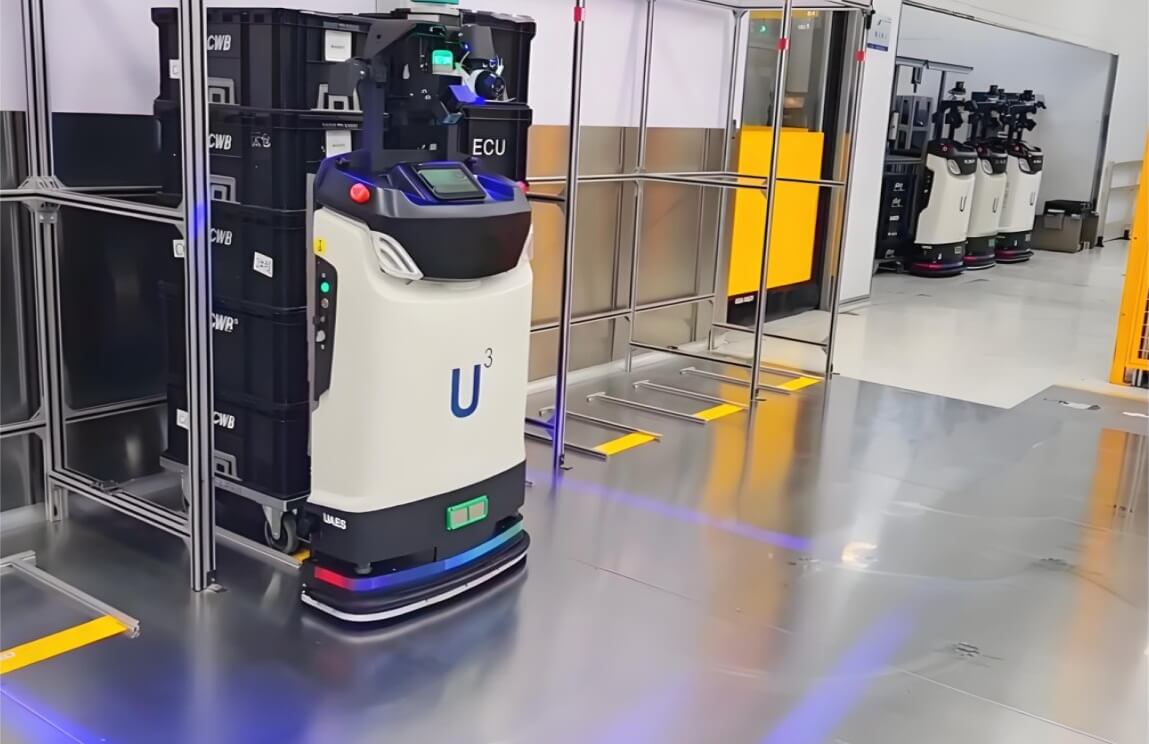How Automated Warehouse Pallet Handling Reduces Errors and Damage

In modern supply chains, efficiency and accuracy are essential for meeting customer expectations and maintaining profitability. One of the biggest challenges warehouses face is the manual handling of pallets, which often leads to errors, product damage, and safety risks. Automated warehouse pallet handling systems—powered by Automated Guided Vehicles (AGVs), Autonomous Mobile Robots (AMRs), and robotic forklifts—are transforming this process by reducing mistakes and minimising losses.
In this blog post, we shall explore automated pallet handling and how implementing automation can minimise warehouse errors, thereby enhancing accuracy and ultimately improving customer satisfaction.
The Problem with Manual Pallet Handling
Traditional pallet handling relies heavily on human operators using forklifts or pallet jacks. While skilled operators are still prone to fatigue, distraction, or misjudgment. Common issues include:
- Misplaced pallets leading to inventory inaccuracies.
- Forklift-related damage to goods or racking systems.
- Repetitive strain injuries and workplace accidents.
- Human error in picking, stacking, or transporting pallets.
These issues not only reduce operational efficiency but may also cause supply chain disruptions. Simultaneously, warehouse overcrowding not only occupies valuable space but also leads to inefficiency. It is advisable to store only inventory that meets demand. This approach reduces storage costs, prevents stockpiling, and enhances flexibility.
How Automation Solves These Issues
1. Precision and Consistency
The automated pallet handling system employs LiDAR, vision sensors and 3D SLAM navigation technology to achieve high-precision positioning and material handling. Unlike human operators, the robots do not tire, ensuring stable, round-the-clock operation.

2. Reduced Product Damage
Automated systems maintain stable speeds, optimised lifting heights, and controlled stacking. This reduces the risk of pallets being dropped, tilted, or rammed into racks, significantly lowering damage rates. According to MHI, automation in material handling improves product protection by eliminating variability in manual operations.
3. Lower Error Rates in Inventory Management
By integrating with Warehouse Management Systems (WMS), automated pallet movers ensure that every pallet is tracked in real-time. This reduces misplaced inventory, guarantees traceability, and supports accurate stock control.
4. Enhanced Workplace Safety
Robotic pallet handling minimises the need for forklifts and manual lifts in busy warehouses. This reduces accidents and injuries, creating a safer environment for employees while also lowering insurance and liability costs.
5. Scalability and Flexibility
Automation solutions can be scaled easily to handle peak seasons or expanded operations. For example, an automated forklift can adapt to different pallet sizes and load requirements without re-training staff.
Industries Benefiting from Automated Pallet Handling
Automated pallet handling is crucial for businesses to meet market demands. Numerous sectors benefit from automated warehouse pallet handling, including food and beverage, pharmaceuticals, retail, automotive, third-party logistics (3PL), and more. Automation streamlines transportation processes while enhancing handling speed and efficiency.
Case Studies:
AMK narrow-aisle AGVs power Qianjiang refrigeration’s smart factory transformation
Conclusion
Automated warehouse pallet handling is more than just a cost-saving measure—it is a strategy to reduce errors, protect products, and enhance overall efficiency. By combining robotics with digital warehouse systems, businesses gain a competitive edge in accuracy, safety, and scalability.
For warehouses still relying on manual handling, the shift toward automation is no longer a question of “if” but “when.”
About AiTEN Robotics
As a company specialising in intelligent logistics solutions, AiTEN Robotics has consistently focused on the ‘smart factory’ scenario, deeply integrating technological innovation with industry needs. It has provided comprehensive services to over 200 manufacturing clients worldwide: Leveraging a full range of material handling robot product portfolios to cover diverse material handling scenarios, we have developed an industry-grade intelligent scheduling system to enable efficient collaboration among multiple devices. Through a comprehensive lifecycle service system spanning pre-sales planning, deployment and implementation to operations optimization, we empower enterprises to achieve logistics intelligence transformation, continuously driving the digital upgrading and high-quality development of the manufacturing industry.
Contact us to explore automation solutions for your factory.









_%E7%94%BB%E6%9D%BF%201.avif)

